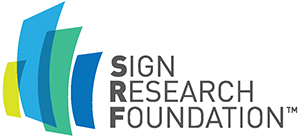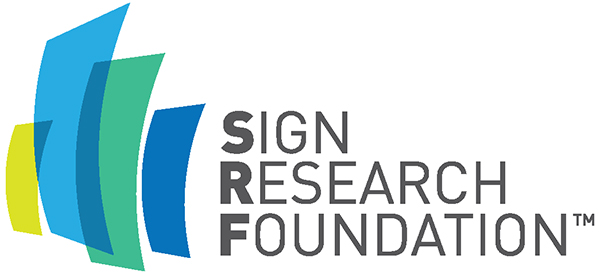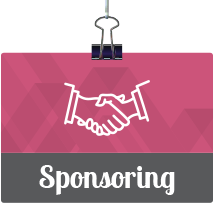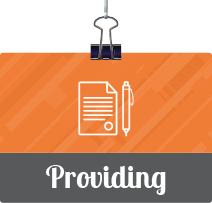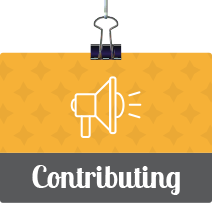Who We Are
The Sign Research Foundation empowers communities by supplying academic research on vibrant and effective sign strategies, systems, and codes. We facilitate dialogue with architects, urban planners, developers, code officials, business owners, and designers to create more navigable cities, thriving businesses, and strong urban identities.
Industry Case Studies
Explore case studies about how the sign, graphics, and visual communications industry is evolving and changing in response to current events.

Research
More than 4,600 contributors
The Sign Research Foundation has a vast library of academic research on sign codes, wayfinding, traffic safety, placemaking, sign design & placement, brightness & illumination levels, and many other topics related to world-class signage systems. Our peer-reviewed research is available free of charge for the betterment of society.

“I found your Temporary Sign research to be very helpful in distinguishing what should and should not be in the sign code for the city I work for. Due to this information, I was able to get the result desired by the city without the potential challenges.”
“As a Senior Project Inspector at one of the busiest single runway airports in America, I recently completed over $1 million worth of projects at the airport using information learned from SRF. This includes wayfinding, storefront, architectural, ADA, art displays…and the list goes on.”
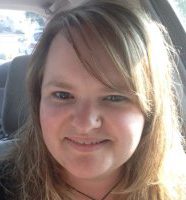
“ I had to let you know. SRF’s University of Cincinnati EMC Economic Benefit Study was EXACTLY what we needed — its focus on sales and sign codes was vital to our success. I’ve added it to the other SRF research I have on my desktop. I have to keep them handy since I use them regularly in our work with clients and city officials!”
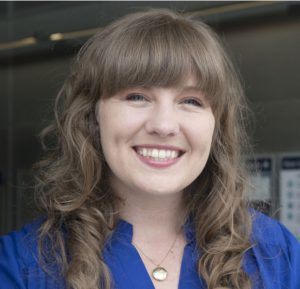
“As someone who works for an end-user but also works directly with signage vendors as the Project Manager to fabricate/install our signage, I can learn a lot through NSREC and the ISA Sign Expo. Participating in the collaborative environment that the scholarship program provides, and having a more in-depth dialogue with other professionals in the sign industry is both personally and professionally rewarding.”
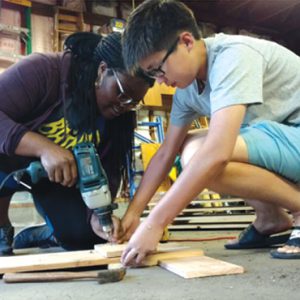
“I hope to learn the way how people perceive signage and wayfinding elements in the urban environment. My majors are urban planning and landscape architecture,and my study is mostly focused on the design side of signage. With the SRF Scholarship, I will learn more about the scientific perspective of signage and wayfinding.”

“I am interested in how signage plays a role in advertising and informing the public – but also how it influences the overall perception of our community. My goal as an SRF Scholar is to learn more about signage as a means of building a brand and how it can be effectively used in urban wayfinding. Our BID is considering a major investment in visual branding, public art (murals) and permanent wayfinding signs, so the information I will gain from NSREC will be invaluable.”
“Being able to go argue a sign code with SRF research was invaluable. It shows that colleges have researched these issues and other communities have put them into practice. We had facts, and people listen when you can put a stack of evidence in front of them.”
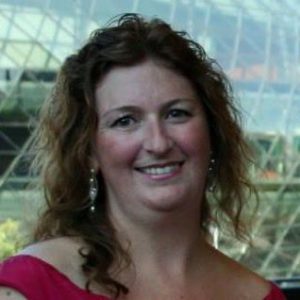
“I am finding your research extremely helpful. I gained knowledge both for my role within Downtown Ottawa’s Business Improvement Association, and to share with our local businesses.”

“I used the SFI Urban Wayfinding Manual to guide Downtown Evanston through a full redesign and development of a new wayfinding system. I would love to see research or data on sign code issues to help me work with government officials.”

“The city planners and council took an absolute 180 degree reversal on their push for no more pole signs and restrictions on electronics and are now looking for ways to make their sign code much more flexible and supportive of business. If I hadn’t been there myself, I wouldn’t have believed it.”
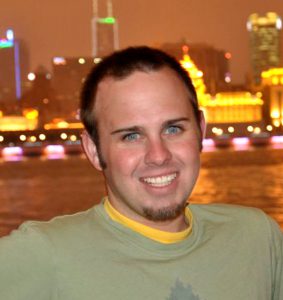
“The foundation offered our professors and six students the opportunity to study urban planning and design from the critical perspective of signage. These students are gaining vital employability skills outside of the traditional classrooms in landscape architecture and environmental design. These skills include critical thinking for comparing sign types and placemaking opportunities, site analysis, teamwork and professionalism, and the technological skills for Photoshop, 3M VAS, and statistical analysis. In return, the team is building new knowledge for planners, designers, and manufacturers to use best practices in developing a form-based code and ideal placemaking.”

The Sign Research Foundation (SRF) is a great resource. We reviewed the comprehensive report titled Retail Signage: Practice to Increase Return on Investment and go back to their extensive research time and again. In this report, SRF looked at Restaurants, Apparel, Banks, Convenience Stores, Strip Shopping Centers, Downtown Districts, and Digital Signs. This report provides in-depth information that can be used for our customers here in Orange County.
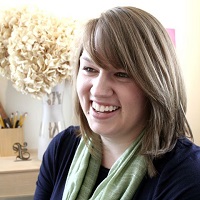
“NSREC was an inspiration and gave me exposure to new technologies”
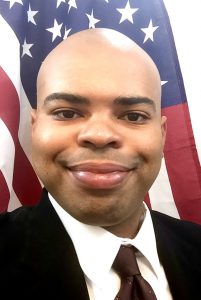
“The programming provided by NSREC explained how signs and wayfinding may assist in telling stories of a community, creating value and excitement for city amenities.”
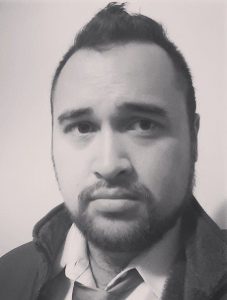
“As a transportation planner, we never studied wayfinding, even though it's extremely important in making transit easier to use. People need to know where to go to catch their train or bus, but also where to go after they get to their stop. Seeing how wayfinding can also present an income-generating opportunity is especially appealing.”
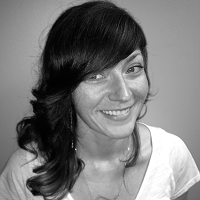
“I'm very glad that ISA introduced me to the Sign Research Foundation. They are a critical resource for anyone who wants their signage and placemaking tools to be more effective.”
Ways to Get Involved
How can you help to educate, inform and empower communities?
